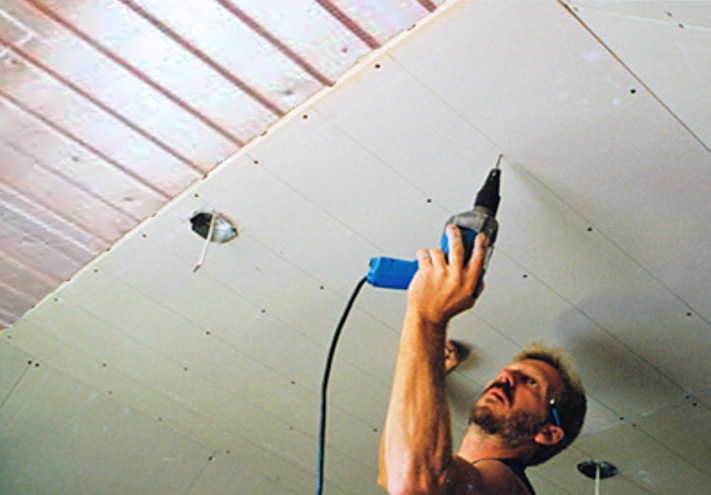Radiant ceiling heat is an innovative heating system that offers an alternative to traditional heating methods like forced-air systems or radiators. This system involves the use of heating panels or cables installed in the ceiling to radiate heat downward, providing a consistent and energy-efficient warmth. In this article, we’ll explore the pros and cons of radiant ceiling heat to help you decide if it’s the right heating solution for your home.

Pros of Radiant Ceiling Heat
- Energy Efficiency:
- Radiant ceiling heat is highly energy-efficient because it warms people and objects directly, rather than heating the entire room. This means less heat is wasted, resulting in lower energy bills.
- Consistent Warmth:
- Unlike forced-air systems that create temperature fluctuations and hot and cold spots, radiant ceiling heat provides even and consistent warmth throughout the room.
- Silent Operation:
- Radiant ceiling heat operates silently, making it ideal for bedrooms and other quiet spaces. There are no noisy fans or blowers, creating a peaceful and comfortable environment.
- Allergen Reduction:
- Because there is no air blowing around, radiant ceiling heat doesn’t circulate allergens like dust and pollen, making it an excellent choice for individuals with allergies or respiratory issues.
- Aesthetic Appeal:
- The heating elements are hidden in the ceiling, leaving no visible radiators or vents. This design feature allows for more freedom in interior design and decor.
- Zoning Capabilities:
- Radiant ceiling heat can be divided into zones, allowing you to control the temperature in different areas of your home separately. This provides flexibility and energy savings by heating only the spaces in use.
- Low Maintenance:
- Radiant ceiling heat systems are generally low maintenance since they have fewer moving parts that can break down. With periodic inspections and routine maintenance, these systems can last for decades.
Cons of Radiant Ceiling Heat
- Installation Cost:
- The initial installation of radiant ceiling heat can be more expensive than traditional heating systems. This cost includes materials, labor, and any necessary electrical work.
- Invasive Installation:
- Installing radiant ceiling heat involves opening up the ceiling, which can be a disruptive process. It may not be suitable for all homes, especially those with limited ceiling access.
- Warm-Up Time:
- Radiant ceiling heat may take some time to warm up a room compared to forced-air systems that provide almost instant heat. This slower response time can be a drawback in some situations.
- Difficulty in Retrofitting:
- Retrofitting a home with radiant ceiling heat can be challenging, particularly if you have an existing heating system. The installation process may require significant modifications to your home’s structure.
- Electricity Costs:
- In the case of electric radiant ceiling heat, the electricity costs can be high, especially in areas with expensive electricity rates. It’s important to consider your local utility costs when choosing this system.
- Limited Cooling Options:
- Radiant ceiling heat primarily provides heating, and you’ll need a separate cooling system, like air conditioning, if you want to cool your home during hot seasons.
Conclusion
Radiant ceiling heat offers a range of advantages, including energy efficiency, even warmth, silent operation, and allergen reduction. However, it also comes with drawbacks, such as installation costs, warm-up time, and difficulty in retrofitting. When considering radiant ceiling heat for your home, weigh these pros and cons to determine if it aligns with your heating and lifestyle needs. Consulting with a heating professional can help you make an informed decision and ensure that your home remains comfortable and energy-efficient.